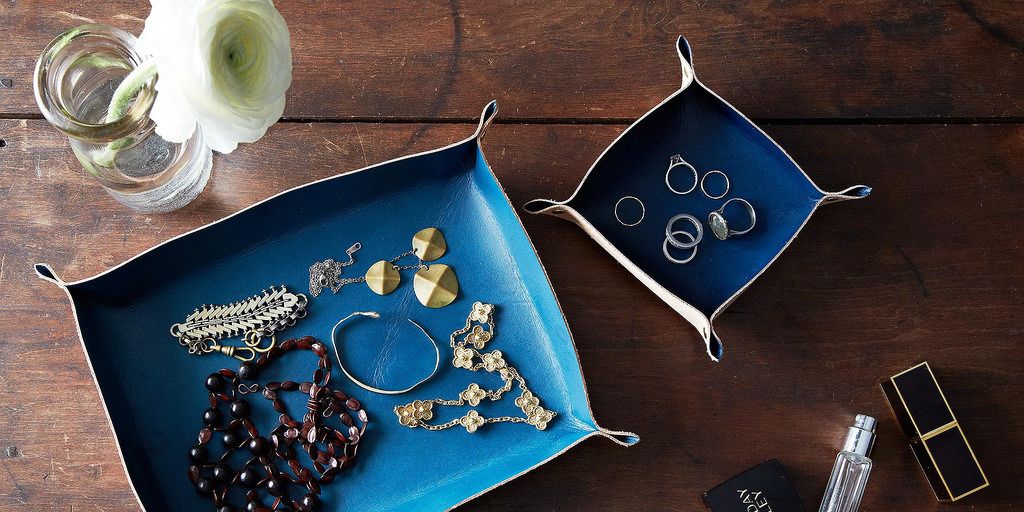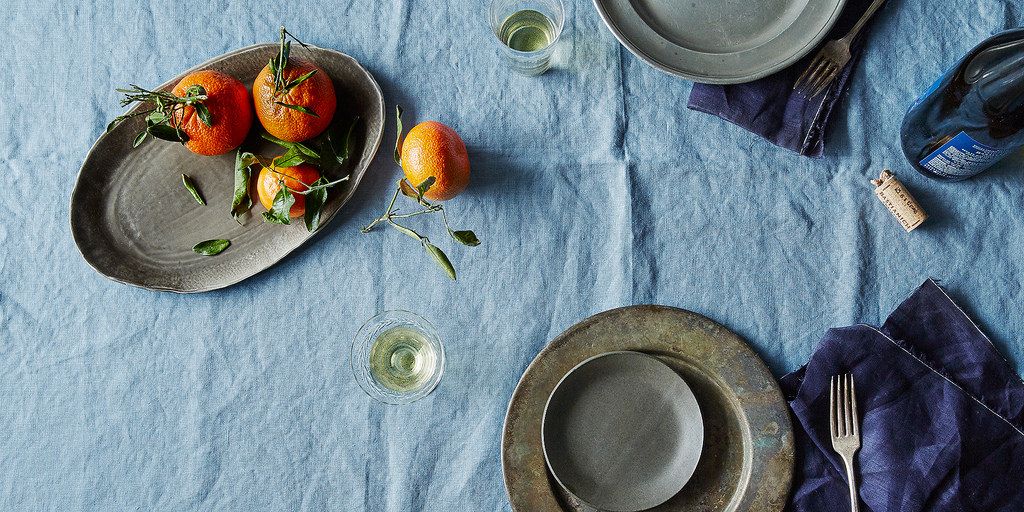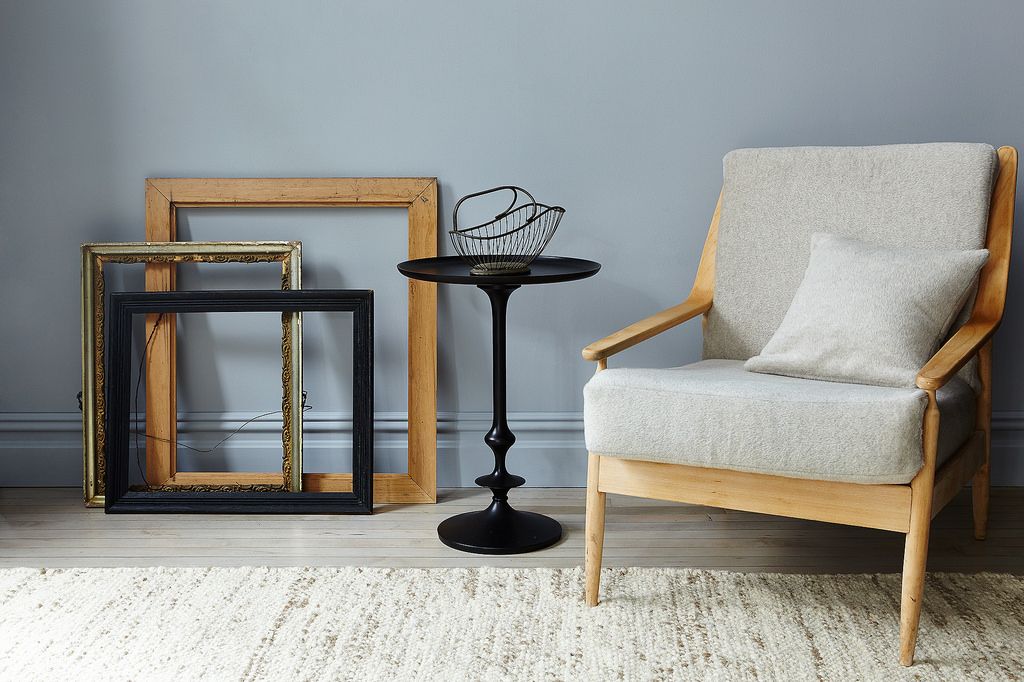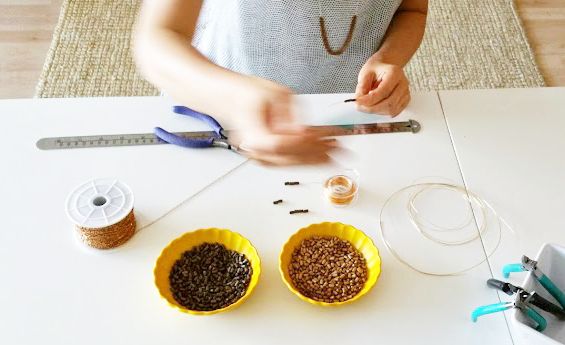One of our favorite aprons in the Food52 Shop is made of a uniquely heavyweight chambray that wears like a great pair of jeans, which got us thinking of all the fabrics we love around the home. For upholstering, accenting, and covering, these are some of our favorite softies.
The Dependables: for protecting, lasting, and getting better with age...
 Chambray: supple and strong
Chambray: supple and strong
Chambray's criss-cross weave is what distinguishes it from denim, a "twill" fabric that's its stitched diagonally. We love its subtle sheen and airy disposition; the fabric is heat-pressed after weaving to impart a smoothness and light gloss. Whether for aprons (like our exclusive design from Hedley & Bennett, above) or upholstery, chambray wears as lovingly as your favorite jeans, a little more you with every use.
 Canvas: heavy-duty and protective
Canvas: heavy-duty and protective
Traditionally used for sails, tents, and as a surface for paintings, canvas is one of the toughest natural fabrics, coarsely woven from cotton, linen, or even hemp. When the threads are waxed prior to weaving, it becomes a little bit smoother and waterproof, the perfect material for lunch totes like these zippered beauts, toiletry kits, knife totes, and satchels. On a larger scale, it's brilliant for covering outdoor furniture.
 Leather: warm and weathered
Leather: warm and weathered
Okay, okay, we know leather isn't a fabric—but you can use it like one in so many ways! For trivets, floor coverings, side table, chairs, catch-alls like these amazing blue ones, and even baskets, it adds a dose of worldliness to any room, creasing and coloring and aging like a traveler.
The Featherweights: for tabletops, sheets, and fluttering in a breeze...
 Linen: textured and ever-softening
Linen: textured and ever-softening
Linen gets softer and prettier with consistent washing, an incredible bonus for a fabric that begs to be flung across a table and pinned down with glasses of (spillable, stainable) wine. The word itself is from the Latin linum for flax, the sustainable fiber it's woven from. As a tablecloth (like the gorgeous blue one above) or a long runner, it adds a little bit of luxury to any table, and is a dependable material for tea towels and the most breathable bedding anywhere.
 Seersucker: breezy and striped
Seersucker: breezy and striped
You don't have to be Southern to appreciate this puckered cotton, which is actually named for its striped weave; the Persian words for milk (sheer) and sugar (shakar) refer to the fabric's alternating smooth and textured stripes. The texture is inherently airy, but not especially hardy, so use it as an accent for napkins, summery tablecloths like this blue one, pillows, and even lampshades.
The Walkers: for heating, cooling, and treading upon softly...
 Wool: safe and cozy
Wool: safe and cozy
Naturally flame retardant, hypoallergenic, and sound-absorbing, wool is a smart choice for small upholstery and large rugs, woven from crimped, elastic fleece. Its warmth makes it a cozy choice, and an especially soft one for padding around with bare feet (or rolling over on).

Sisal and jute: all-natural and tough
Woven from agave plant leaves, sisal is known for being impossible to wear down—a great choice for rugs in oft-trod hallways—and naturally cooling, as it will actually absorb humidity from the air. Jute, on the other hand, looks very similar but comes from the plant's stalk, so it's much softer on delicate feet but a little less durable. Both can stain easily, but are prized for bringing a hint of the outdoors inside, as you can see by the breezy feel in Hyun Yu's Hyjewelry studio.
What are your favorite soft materials for kitchen goods, upholstery, and rugs? Let us know in the comments!

See what other Food52 readers are saying.